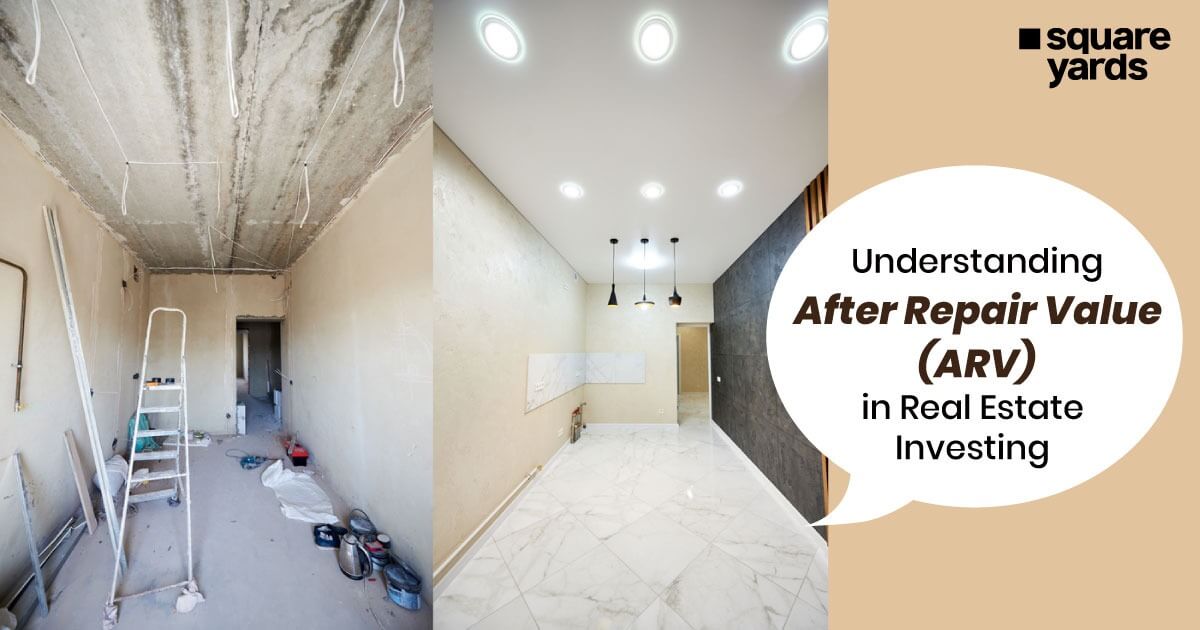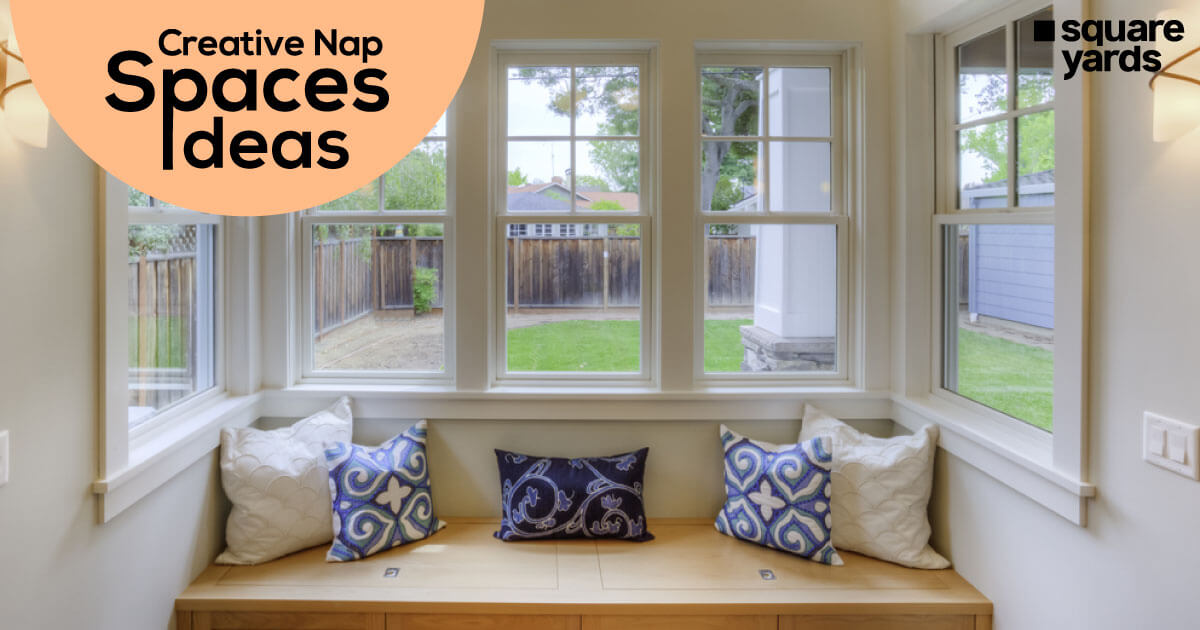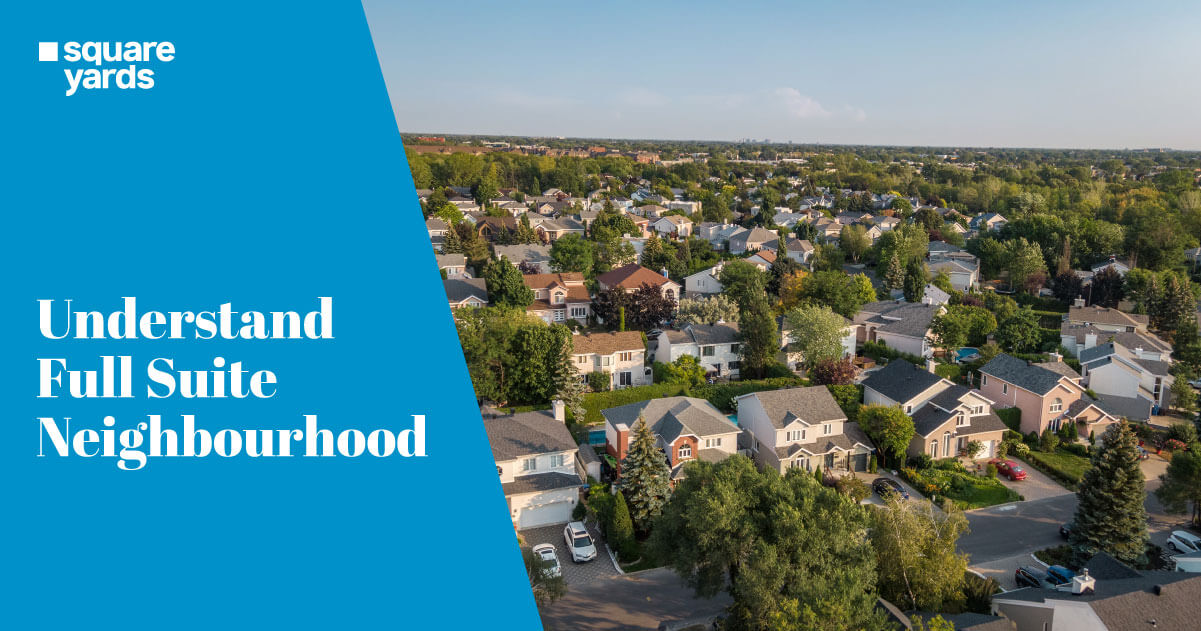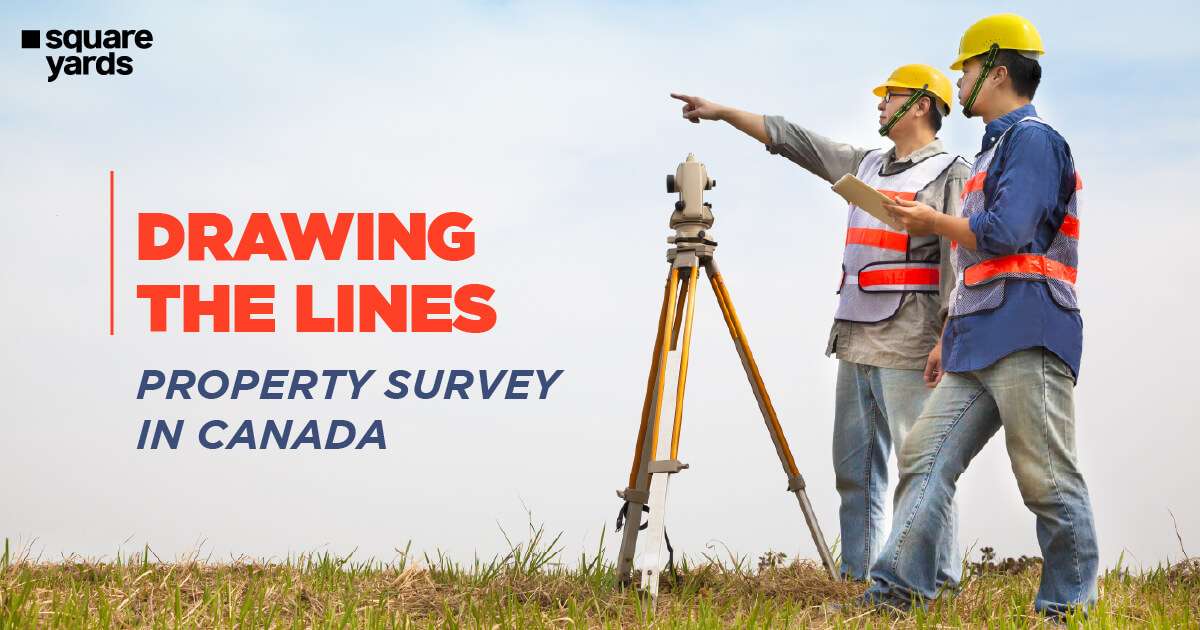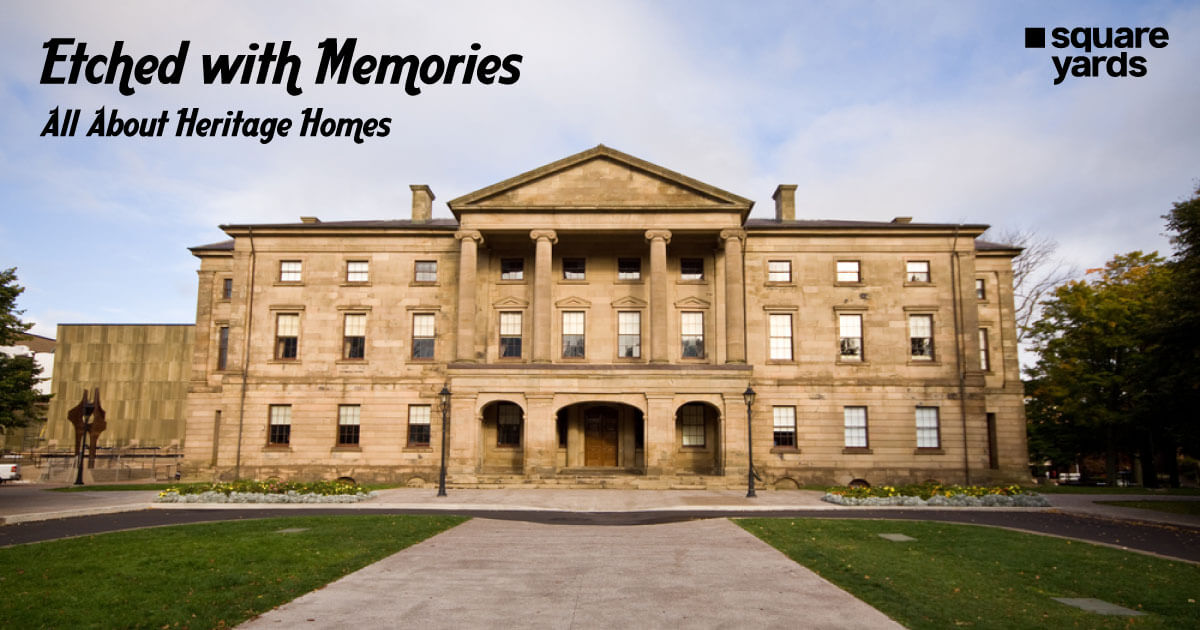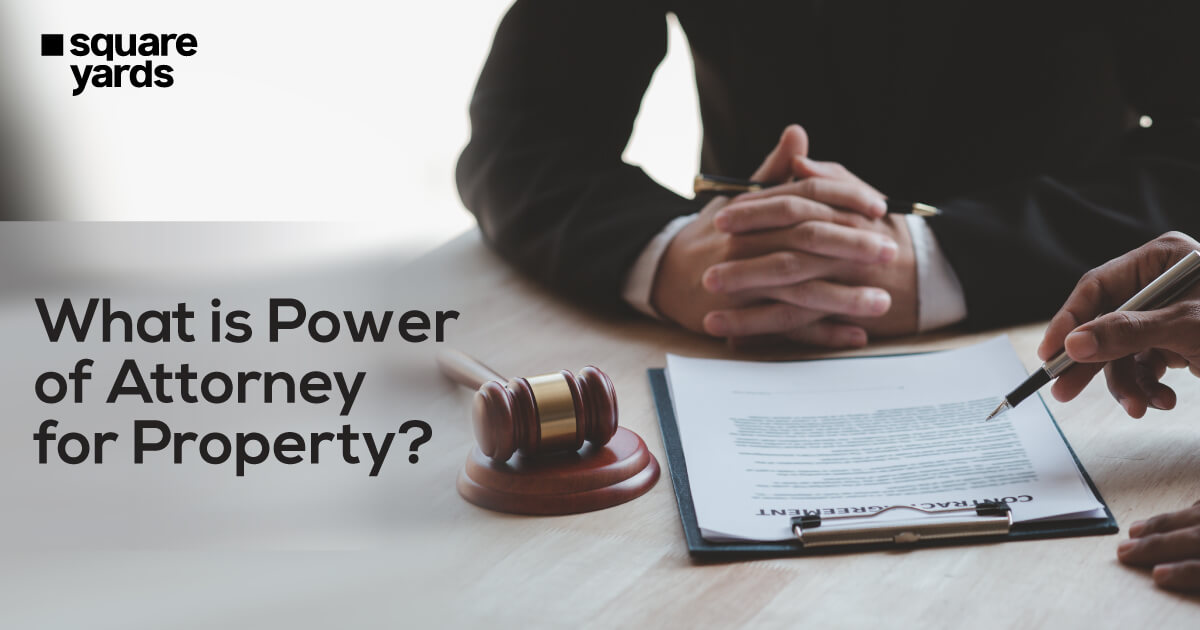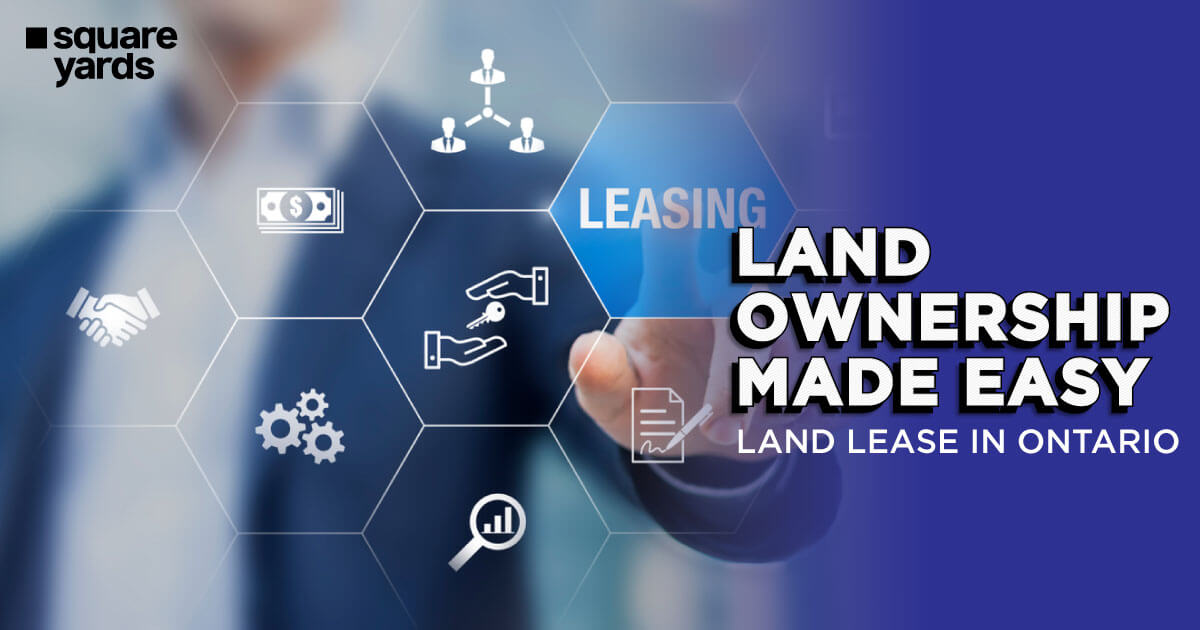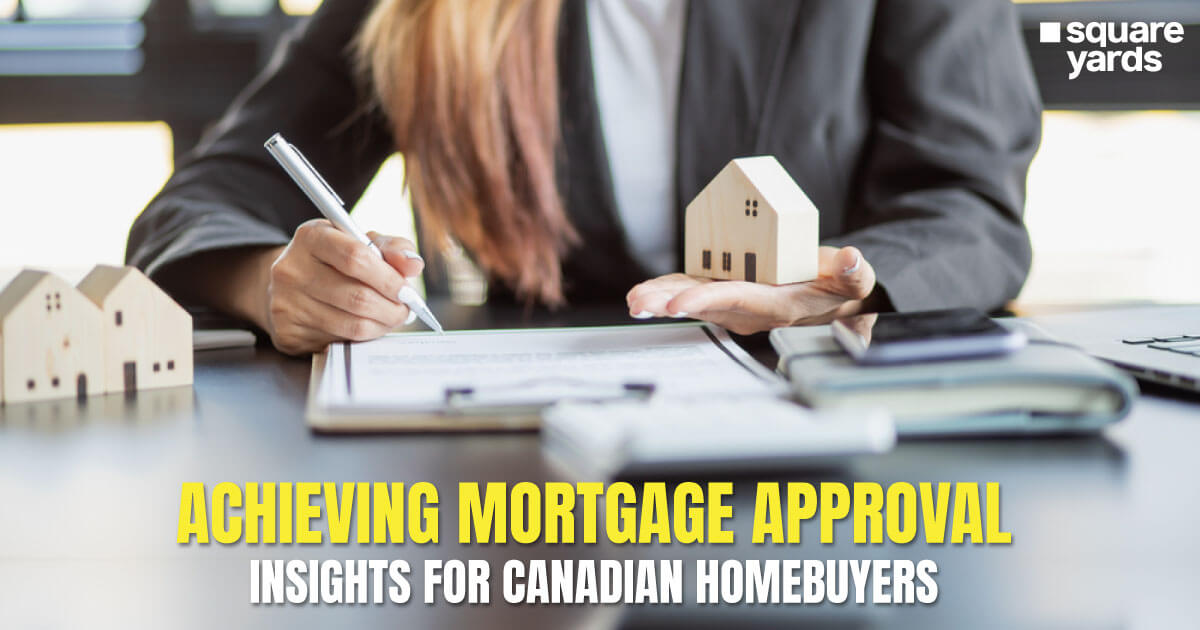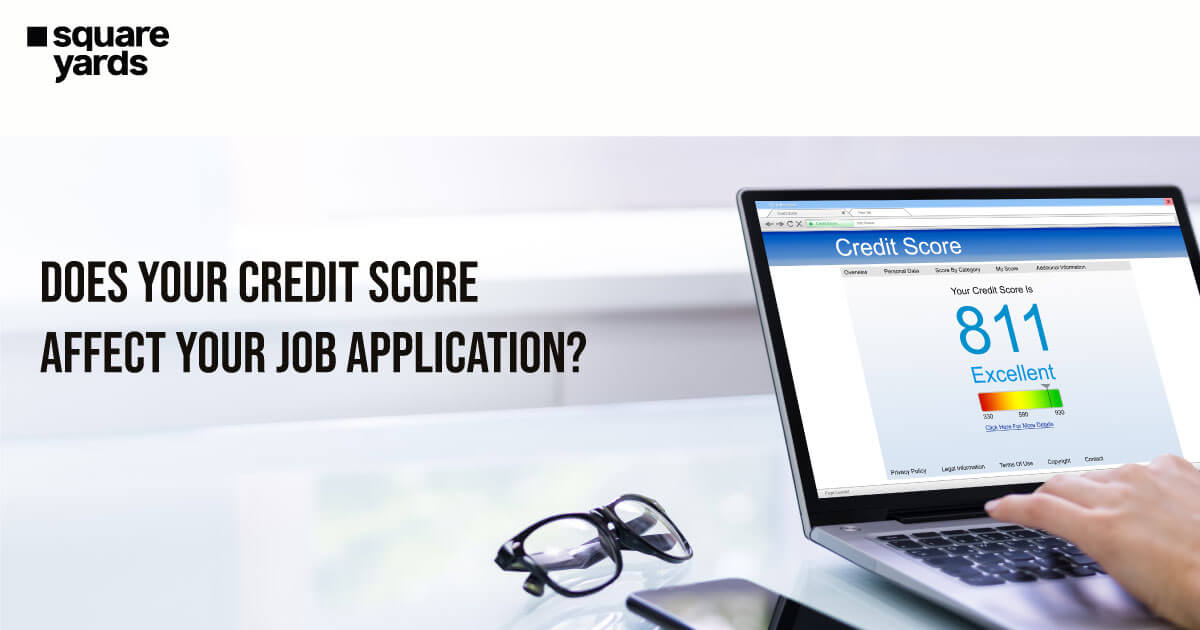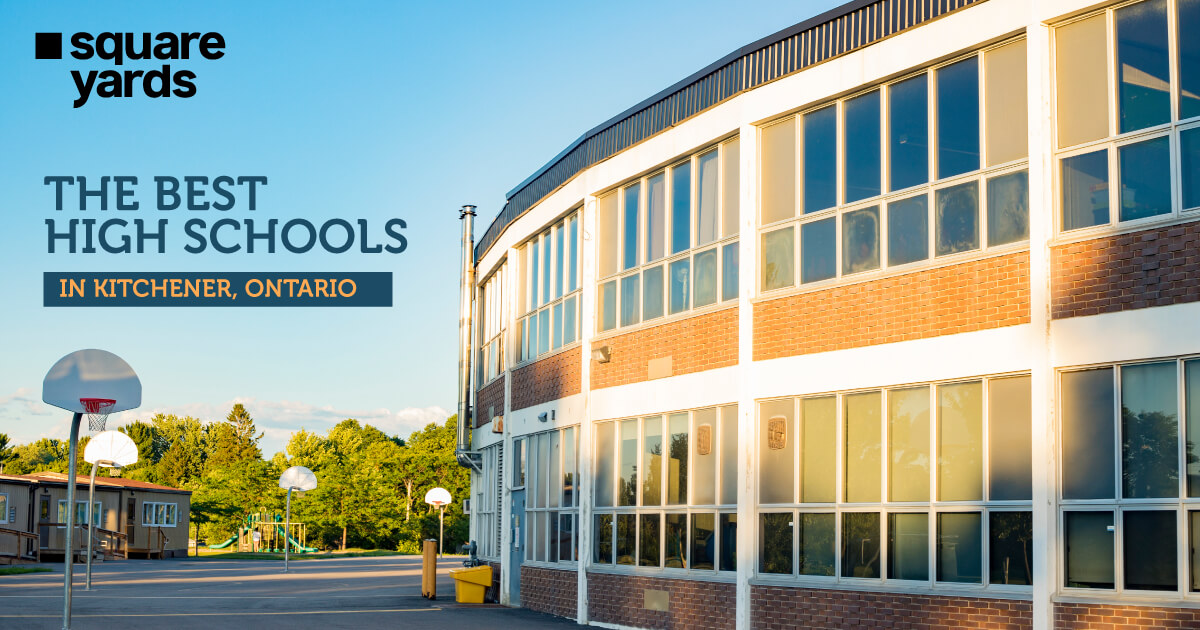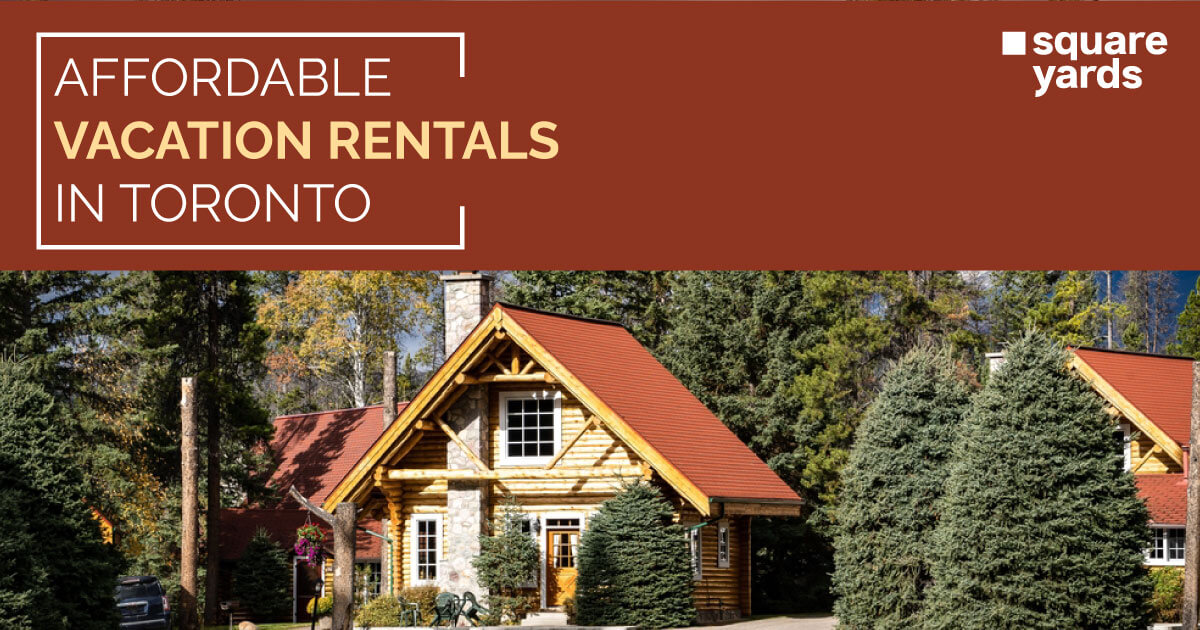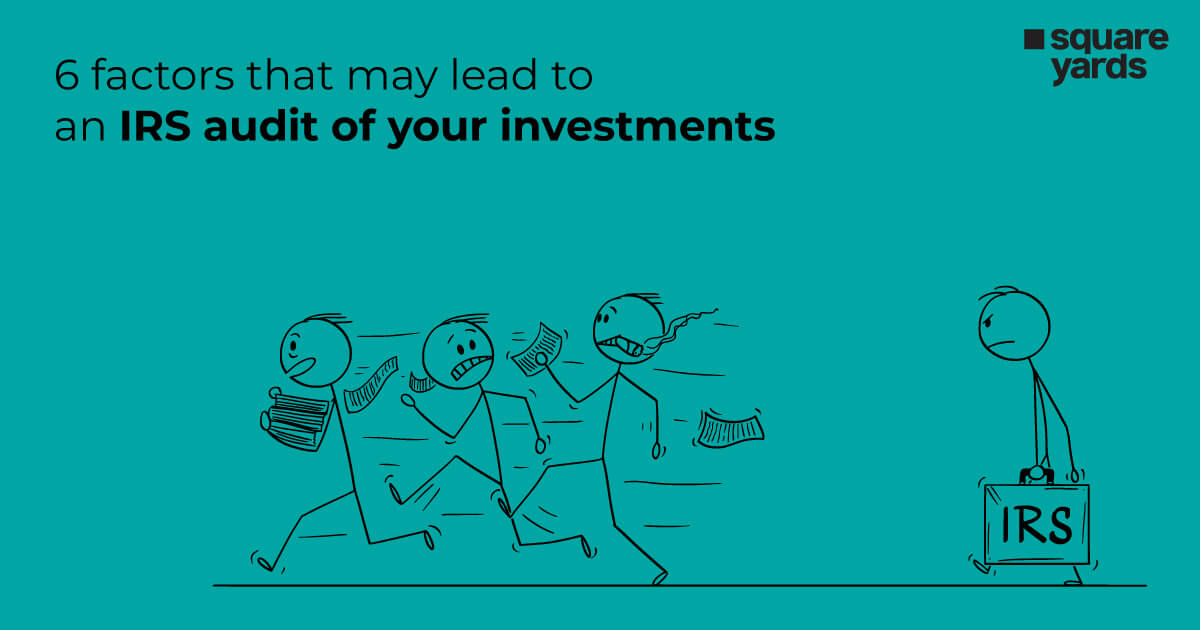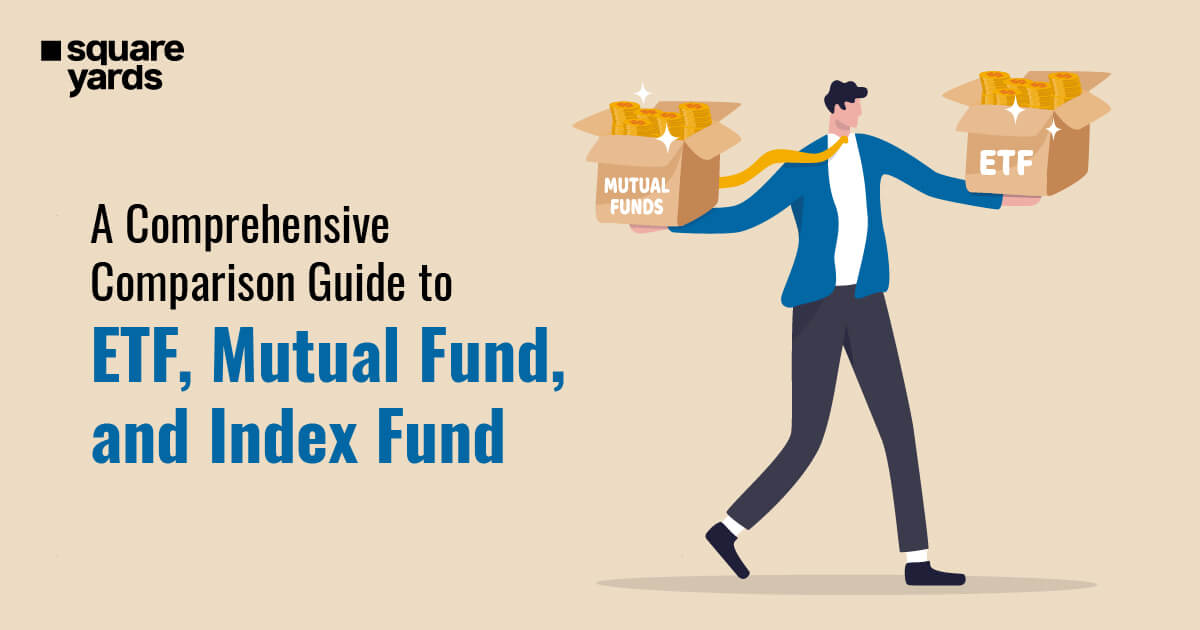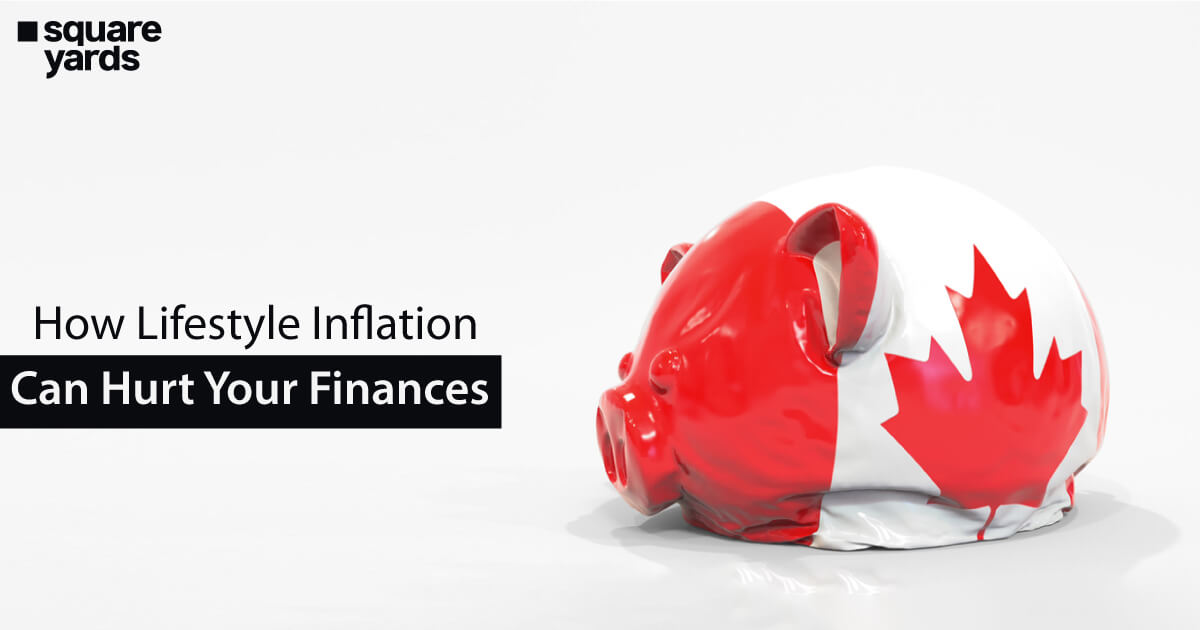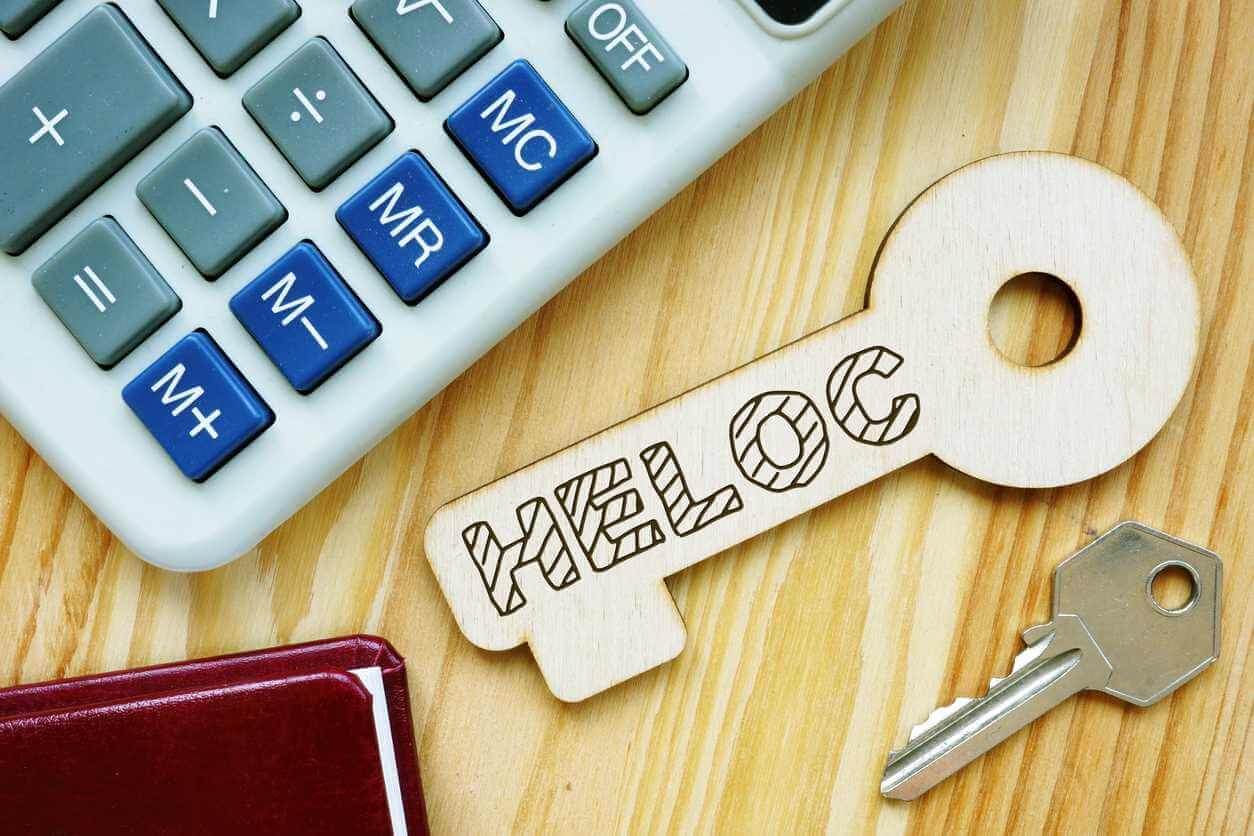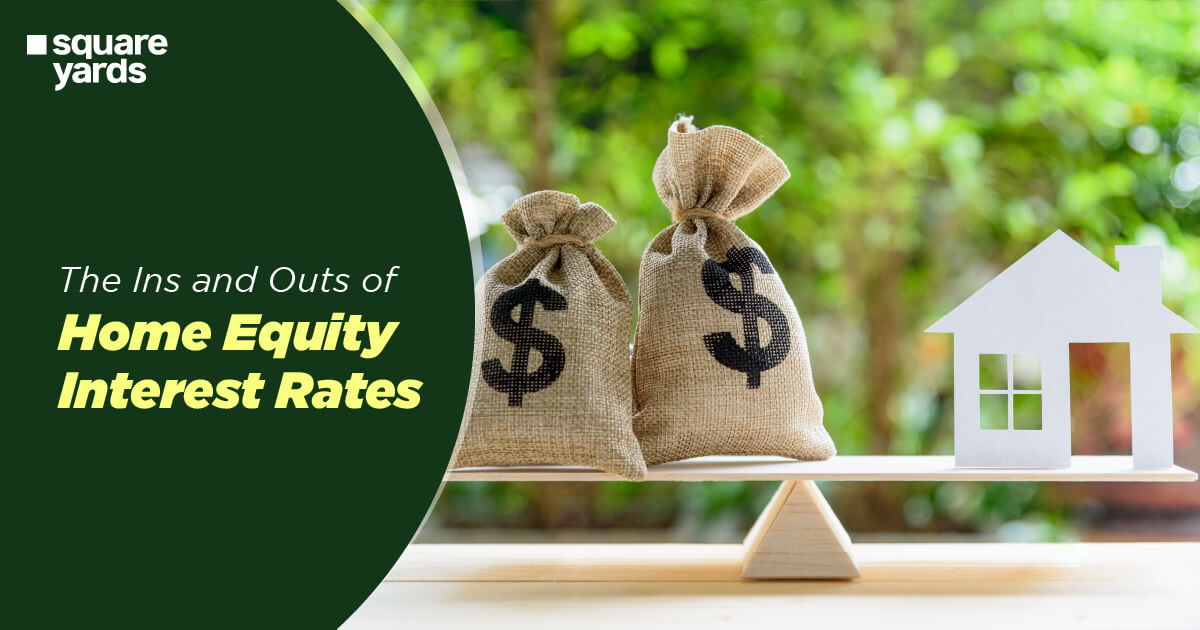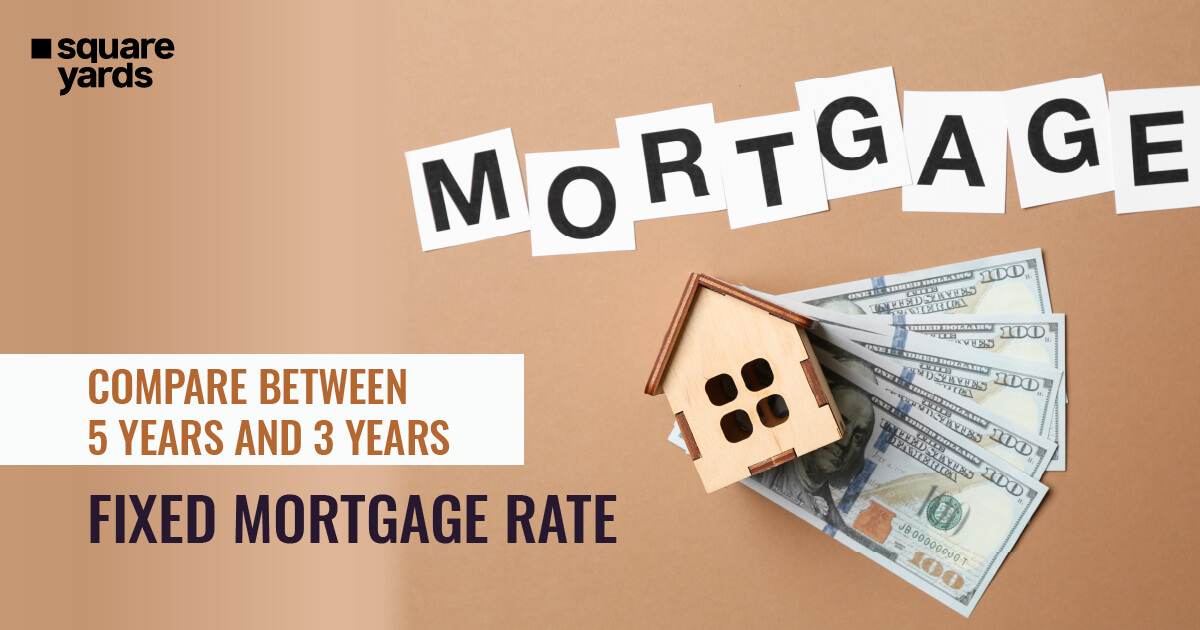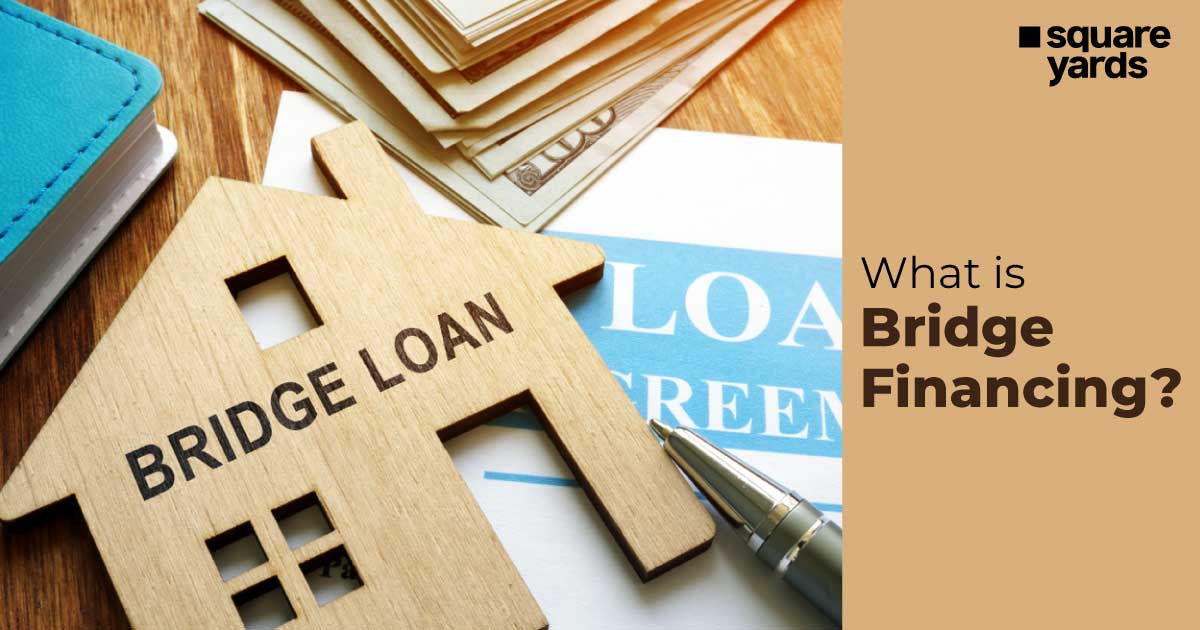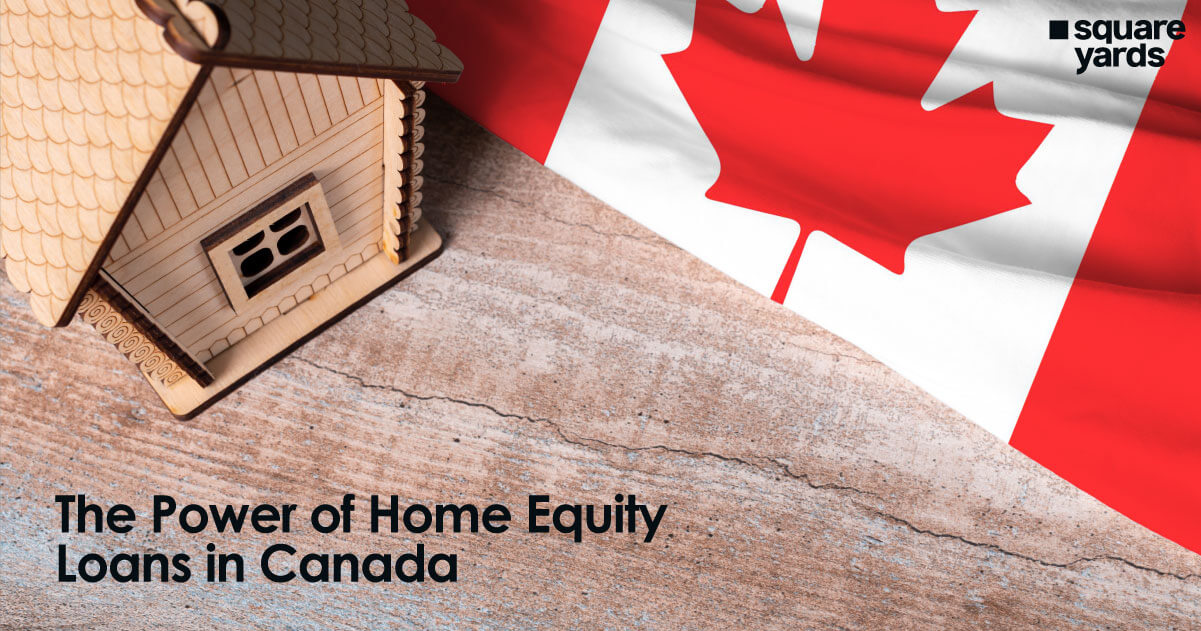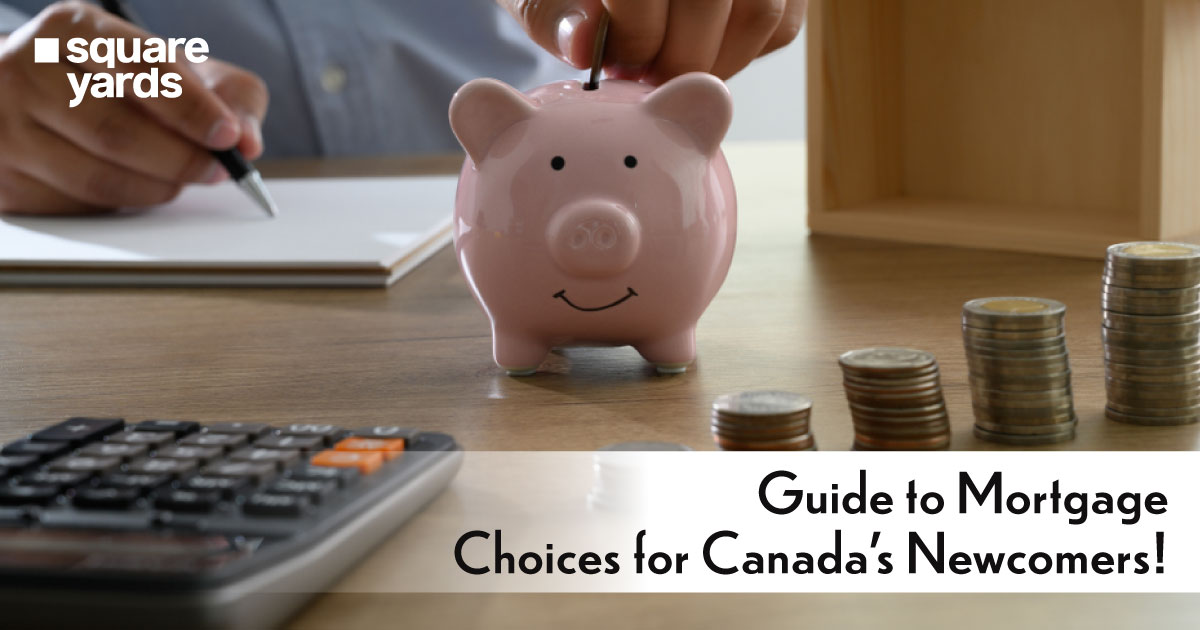The Canada After Repair Value, or ARV, is like guessing how much a house will be worth after it’s fixed and renovated. To understand this, individuals examine nearby similar houses recently sold, observing their condition, size, and features. This concept is primarily adopted by individuals who renovate old houses to sell at a profit. It also benefits any property investor looking to enhance their asset for greater value. An ARV calculator is a tool that can help with this by estimating the property’s future value after improvements.
Using ARV Effectively
Canada After repair value (ARV) helps you determine how much you earn by buying, fixing, and selling a house. You need to consider how much you will spend on repairing the house and how much you could sell it for. The difference between the buying and selling prices is your profit. But remember, you have to subtract the money you spent on repairs. An investor uses an ARV calculator to determine if a property is a good deal by seeing the return on investment (ROI) after fixing it up and selling it for its after-repair value. This is not just about making it look nice but also means fixing serious issues like a bad roof or other big repairs. The ROI also covers extra costs like paying for utilities, loan costs, and taxes while the property is being fixed.
In Canada, it is also important for lenders to fix old or damaged properties when discussing after-repair value. They decide how much to lend based on the property is worth now, not what it could be worth after the repairs. This means the people lending the money and those borrowing it to fix up properties use ARV to make smart decisions.
Calculating the ARV: A Quick Guide
The After-Repair Value of your property can be calculated in three steps:
-
- Find recently sold comparable properties based on location, age, finishes, size, and type of construction.
- Calculate these properties’ PSF (per square foot) rate by dividing the sold price by the total property area.
- Multiply the PSF rate by the area of your property to get the ARV of your property.
ARV Considerations
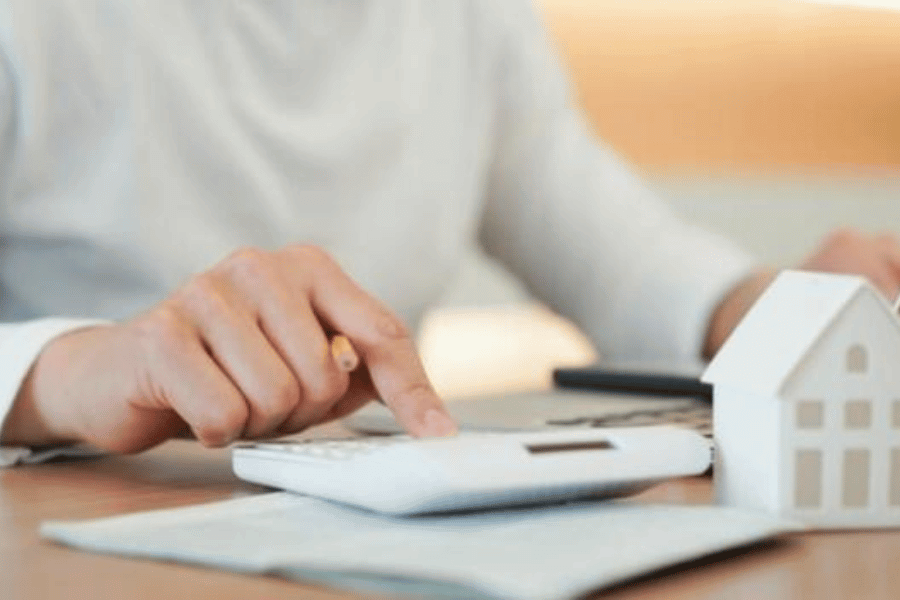
Fixing up a house can be expensive if unexpected problems pop up. For example, if you’re just swapping out bathroom tiles and fixtures but then realise the pipes need work, too. This can push costs higher than planned. You might spend more than what you’ll earn from selling. The buyer might not value fancy updates, like pricey tiles, and refuse to pay more. Plus, shifts in the housing market, labour costs, and material prices can affect the house’s value and renovation expenses.
ARV’s Role in Fix-and-Flip Loans
The after-repair value (ARV) is important when making an offer on a property and when you need a loan to fix it. Some lenders give loans specifically for fixing up houses. They often lend up to 65% of the property’s ARV. For example, if a house’s ARV is $250,000, the most a lender would give is $162,500. Knowing the maximum loan amount is useful when making your offer. Imagine you agree to buy a house for $110,000 and think it will cost $55,000 to repair. This means you’re very close to the loan amount these lenders usually offer. You’d only need a little of your money to close the deal.
Calculating ARV in Property Investment
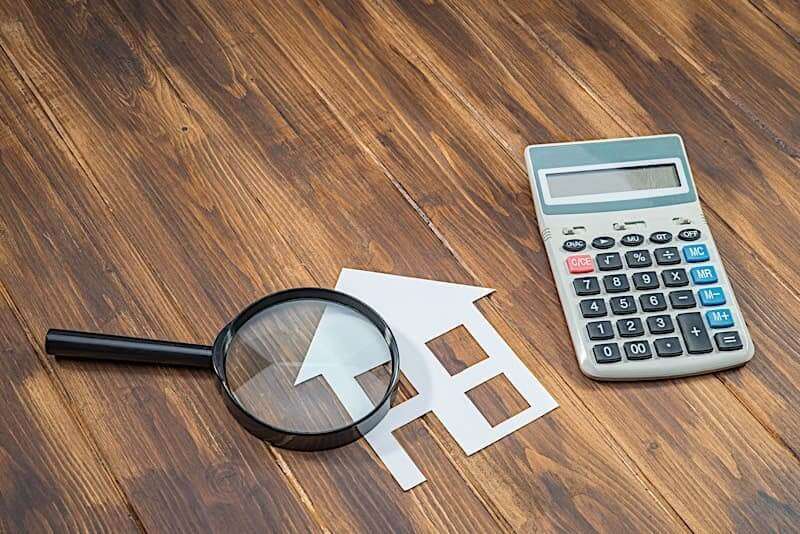
The majority of investors are hesitant to pay market value for a fixer-upper. When considering the cost of repairs, they wish to buy the property for less than its existing worth. Most wholesalers and rehabbers base their offerings on the following common after-repair value formula:
70% of the after-repair value – Repair cost = Maximum offer price
For example, if a property has an after-repair value of $800,000 and the estimated repair costs are $50,000, the investor would use the formula:
($800,000 * 70%) (ARV) – $ 50,000 (estimated repair cost) = $ 510,000 (maximum offer price)
Based on this calculation, the maximum offer price you should consider for this property to ensure a profitable investment while accounting for renovations would be $510,000. Investors use the ARV to ensure that their total investment (purchase price plus renovation costs) leaves enough room for profit once the property is sold at its ARV. A common rule of thumb in the flipping industry is the 70% rule, which suggests that an investor should not pay more than 70% of the ARV minus the costs of repairs for a property. This rule aims to help investors factor in their desired profit margin and costs like closing, holding, and selling expenses.
Key ARV Tips for Real Estate Investors
As a real estate investor, when using the Canada After Repair Value (ARV) to guide your decisions, it’s crucial to understand its significance and the factors that affect it. The ARV represents the estimated value of a property after it has been fully repaired or renovated, serving as a cornerstone for determining the profitability of fix-and-flip projects. A precise ARV calculation requires a thorough market analysis, considering comparable property sales, current market trends, and the extent of renovations needed. Investors must be cautious, as overestimating the ARV can lead to unrealistic profit expectations while underestimating it can result in missed opportunities. Additionally, knowing that lenders typically offer loans based on a percentage of the ARV. Therefore, investors should accurately estimate repair costs to ensure they do not exceed lending limits. This careful balance ensures investors can secure enough funding without unnecessarily depleting their resources.
Wrapping Up
Understanding the After-Repair-Value is crucial for real estate investors. This value represents the property’s estimated market worth once repairs and upgrades are completed. The ARV is influenced by several factors, including the property’s location and its state before the improvements. Knowing how to use the ARV calculator helps investors make smart decisions about how much they should spend on buying properties. This ability allows them to assess the value of potential investments properly and plan their finances wisely.
You May Also Read :
|
Know The Property Type in Toronto |
|
|
Guide To Real Estate Investment Trusts |
|
|
All About Property Lien in Canada |
|
|
Impacts of Easement on Property |
Frequently Asked Questions (FAQs)
The expected market worth of property following repairs and renovations is known as the After-Repair Value. It's the sum of money an investor in real estate should anticipate getting when they sell the house after completing the required renovations and repairs.
To determine an ARV, you need to examine the area's housing market, find similar houses that have been fixed and sold recently, and guess how much your property will be worth after you improve it.
Understanding a property's ARV, or After-Repair Value, is helpful for real estate investors. It helps them figure out how much to pay for a property and how much they could earn when they sell it. It also helps them decide what repairs and upgrades to get the most money back from their investment. What is an After-Repair-Value (ARV)?
How to figure out the value of a property after repairs?
How to apply ARV in property investment?

